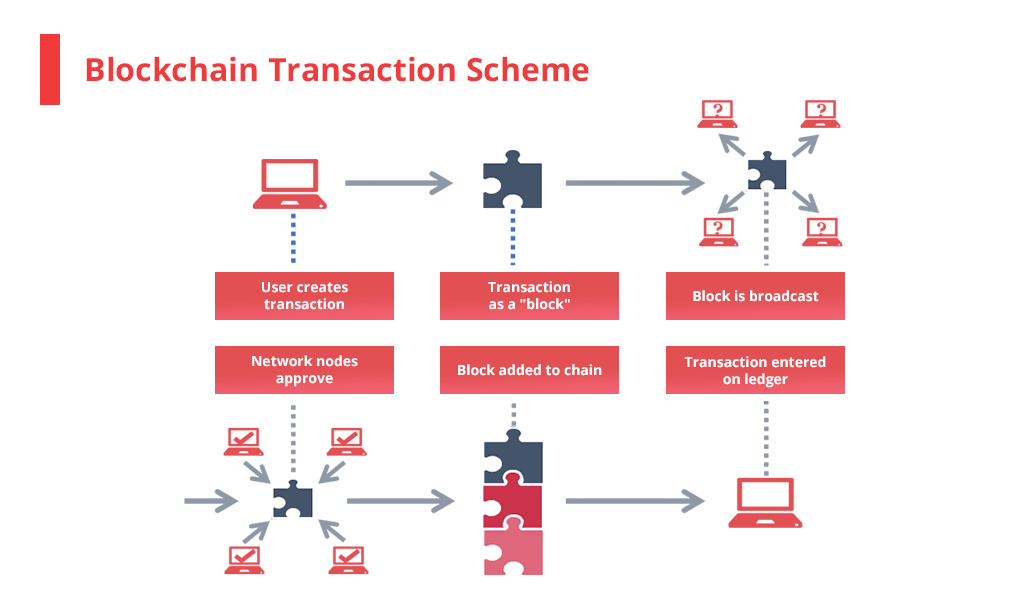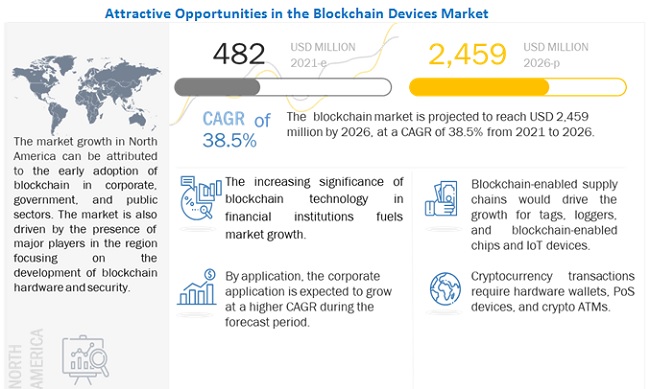
Proponents of centralization will argue a range of issues will need to be demonstrably overcome with Web3 solutions from identity, cyber, and hacking risks to liquidity and settlement assurance, before broader acceptance is garnered across agencies.īlockchain firms are leading by example with uses cases that put the users of the technology first to set the (industry) standard. Web3 payment systems are developed with a user-first approach, one of their biggest competitive strengths over highly centralized offerings.

While FedNow’s goal is similar to blockchain, decentralized blockchain technology is accessible globally, and is set to drive greater financial inclusion. An estimated 80 percent of global financial leaders are aiming to use crypto for their businesses over the next three years or so and delivering speed to sluggish payment markets’ is one of the key factors driving adoption in this space. Web3 marks an ongoing systemic transformation enabled through digital finance. A recent survey by Plaid indicated that over 60 percent of respondents tackled economic challenges during the pandemic using fintech solutions, however, Web2 financial products and services also have (similar) centralization problems.ĭecentralized Web3 platforms like Ripple, Stellar, and Zebec are positioning to transform the payments space by addressing the limitations of traditional payments systems to combine technology and finance seamlessly, paving the way for a new era of frictionless global payments. Fintech firms like PayPal or Venmo have served users to this end for a long time. Innovators in the private sector are taking the lead in offering instant payment services without FedNow. A recent Moody’s report suggested that FedNow could aggravate bank runs, increase operational costs, and hamper fees-based revenue models. The Canadian Government froze hundreds of protesters’ bank accounts last year as a means of stopping a truckers’ protest, an unpopular move that garnered support from across the U.S. CBDC with the Digital Dollar Project, and the new and many pilots and consultations.Īs the world becomes more politically volatile, civil rights specialists are concerned about personal and private data protection and that the government can (mis)use the banking system at its discretion to selectively block access to suit its interests. Tackling Centralized Payment RisksįedNow promises great things and like all central bank payment systems, industry and consumers have little say in the development of policy, though the consultation process is improving with the developments of U.S. It is important for the blockchain community to approach these recent developments critically and objectively, not blindly.


This emphasizes how concerned central banks and agencies are about blockchain technology. While partnerships between blockchain projects and FedNow can benefit financial services, FedNow is a centralized closed system, a “walled garden”, and is not aligned or the open-source development principles of (public) blockchain technology, or technologically interoperable with blockchain infrastructure.įedNow’s early adopters didn’t include any blockchain projects like Tassat, Metal Blockchain, or Dropp, which are listed in the Service Provider Showcase.


 0 kommentar(er)
0 kommentar(er)
